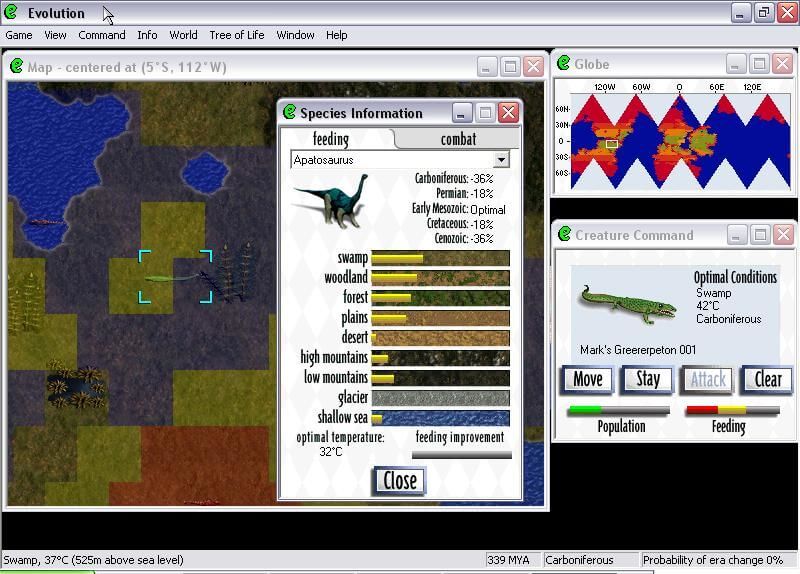

That is, they had no possible way of acquiring this knowledge, other by some form of intuitive universal “sharing”. But the interesting thing is that these other tribes were situated on other remote islands and also on the mainland. When approximately 100 monkeys had learned this procedure, many other remote monkey tribes started washing potatoes in the same manner.

She then taught other members of the tribe to do this. A very bright female monkey on a small island was taught to wash sweet potatoes in the seawater. There is an interesting parable about his called the “100th monkey” relating to an apparent observation made on a remote Japanese Island. Sheldrake calls this shared intelligence the morphogenetic field. If his theory is proven correct, it will rival Charles Darwin’s Theory of evolution in its magnitude.īasically he has proven repeatedly through laboratory controlled experiments that different species of animals appear to be “plugged” into a dedicated intelligence field which is universal to that particular species.įor example, when enough mice in a group have learned a maze, they ALL suddenly know the maze – whether they have run it or not! It now appears, after a BBC television experiment, that if enough humans have learned something, then it becomes easier for all humans to learn it. But probably most amazing of all is the theory that British physicist Rupert Sheldrake has proffered. He suggests that our brains are exposed to the entire concept of the universe in the same way that any minute part of a hologram contains basically the same information as the whole.īritish scientist, Jacob Boehm came up with the same Holographic Theory and had it published in a prominent scientific journal. Karl Pribram, a prominent American brain surgeon, sees the brains neurons “outpicturing” the physical universe, similar to the holographic process. But over the past 5-10 years, hard evidence has been produced which is having its effect on the scientific skeptics.ĭr. This concept of intelligence existing “outside” the physical confines of the living organism has been hard for the scientific community to accept.


 0 kommentar(er)
0 kommentar(er)
